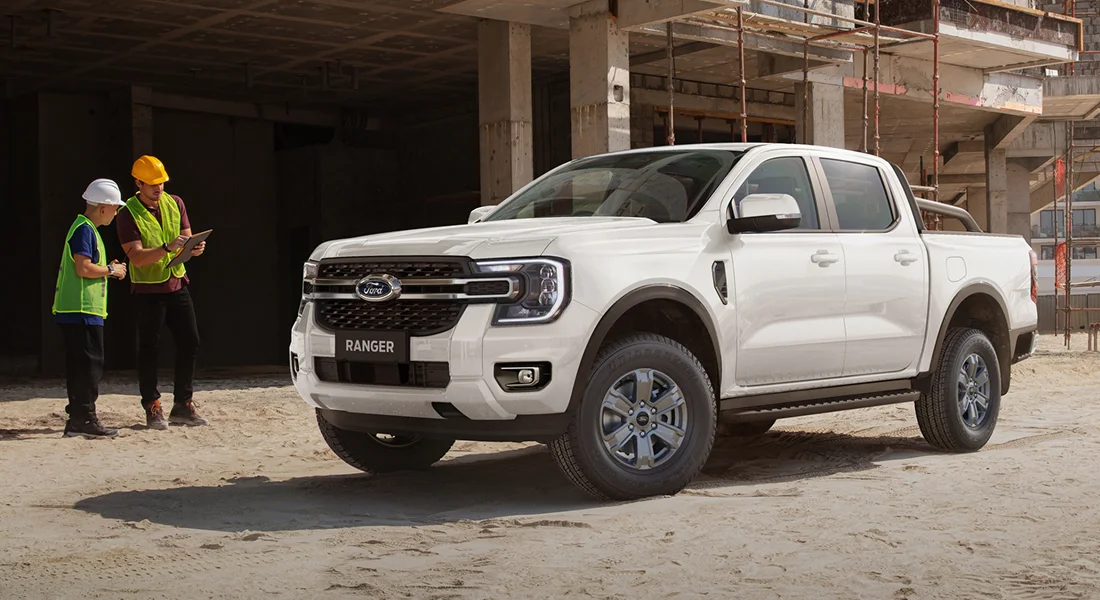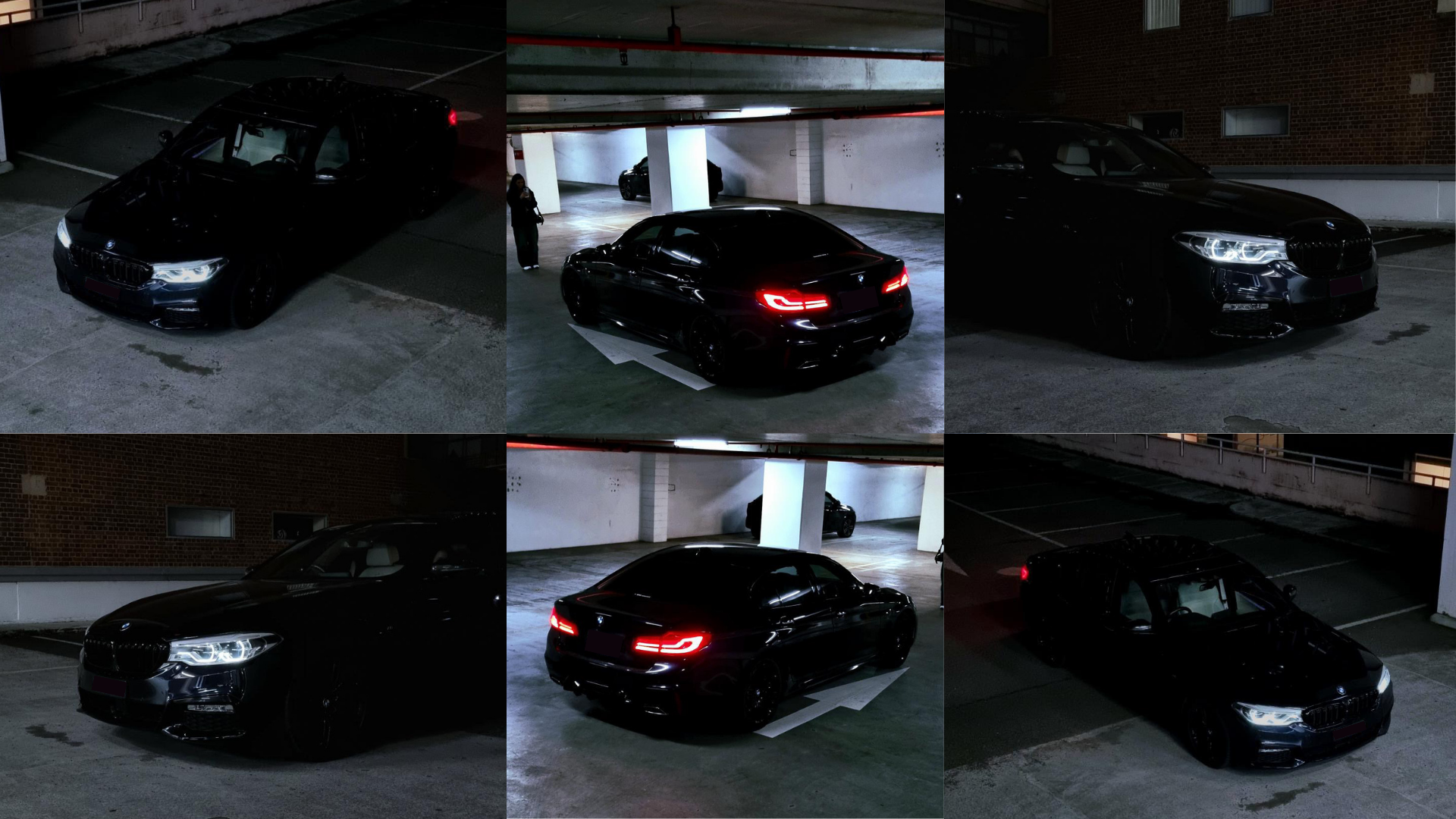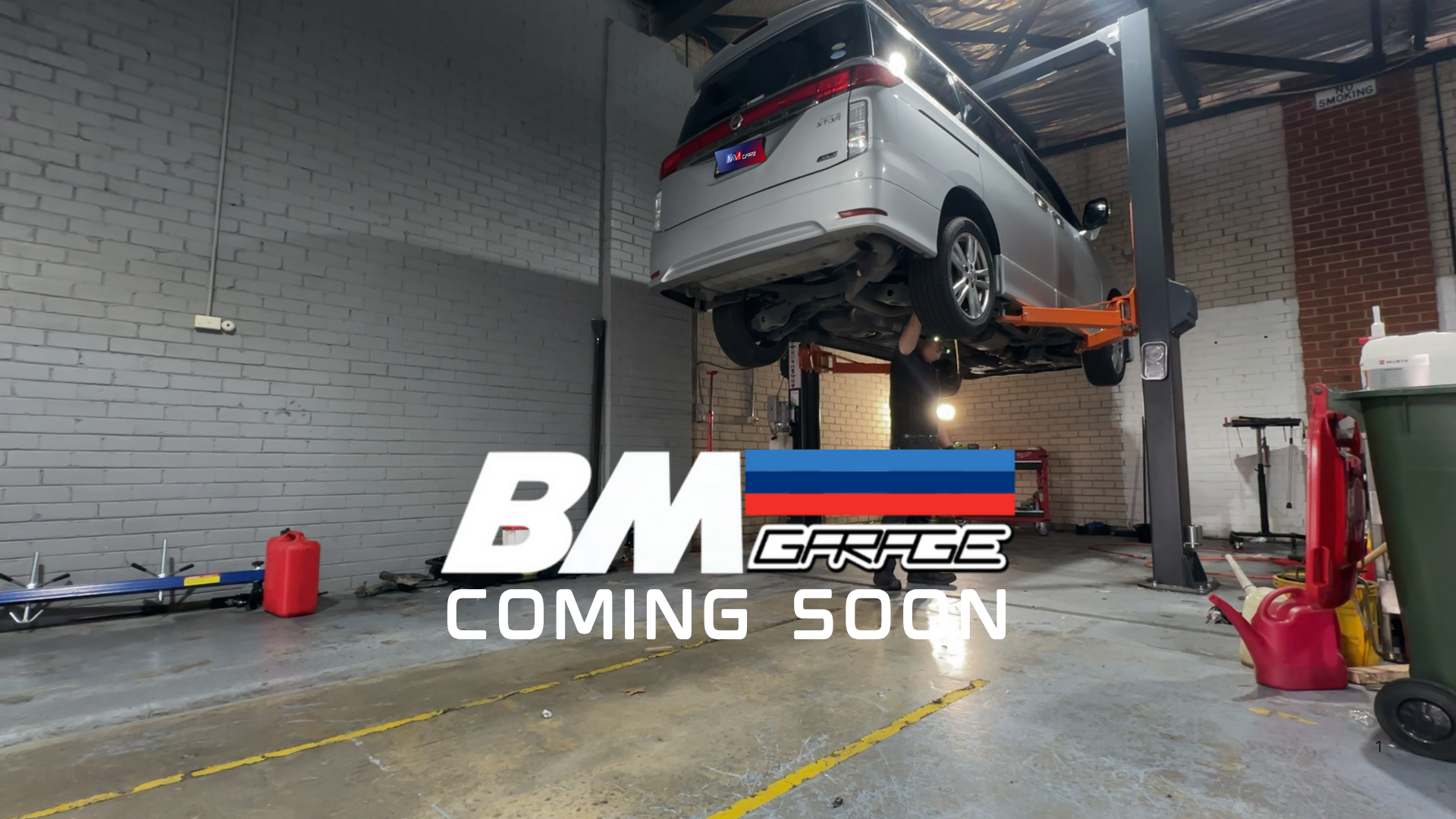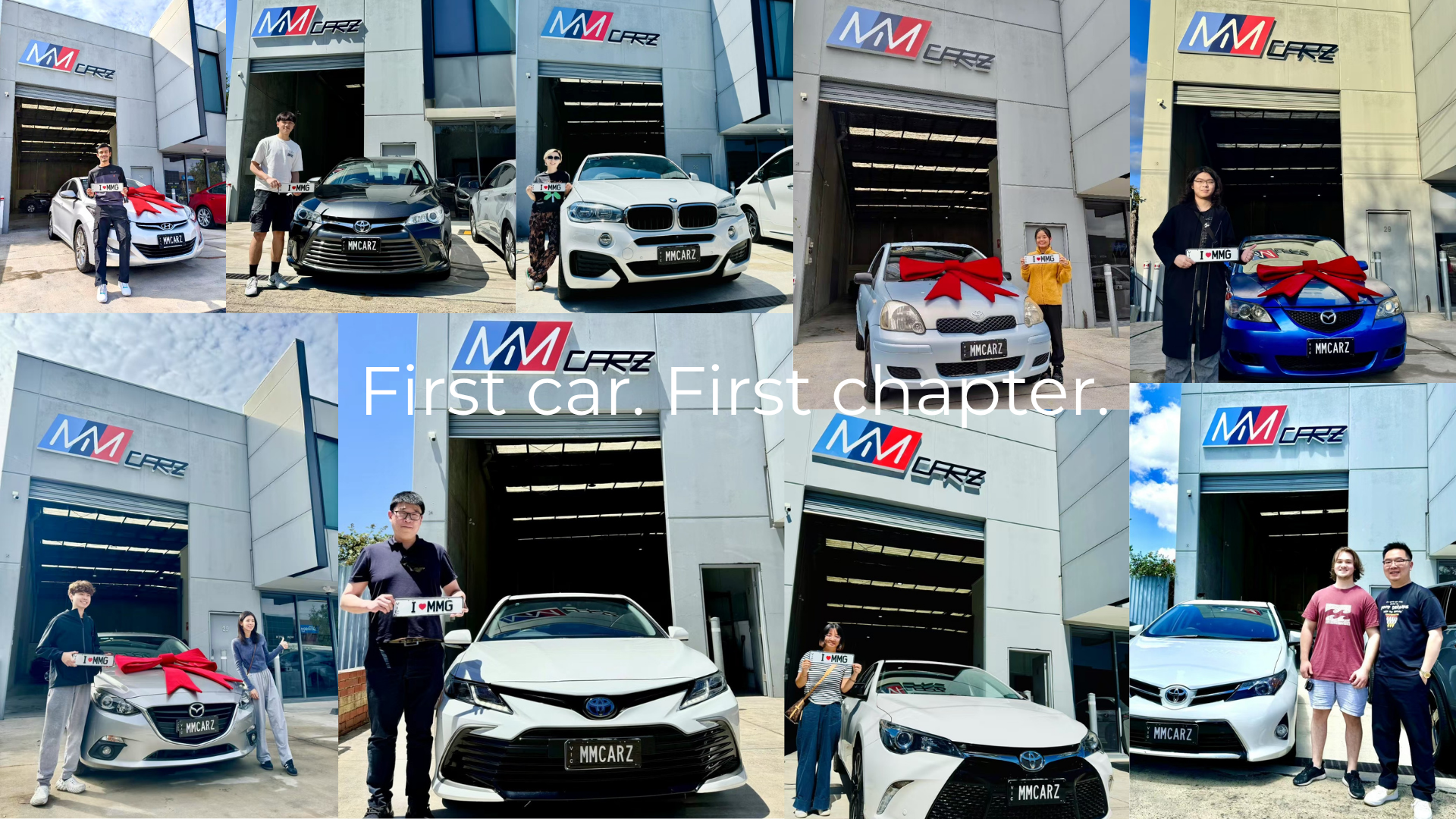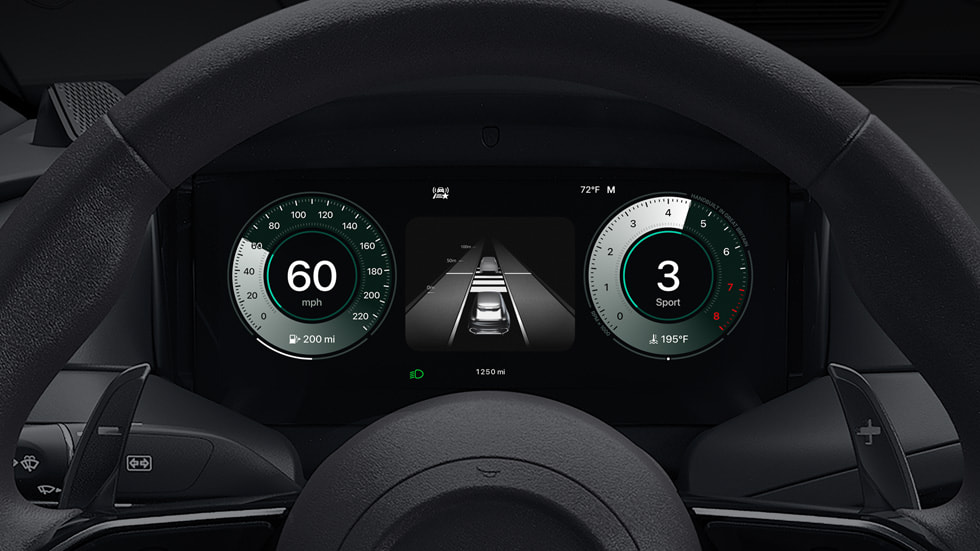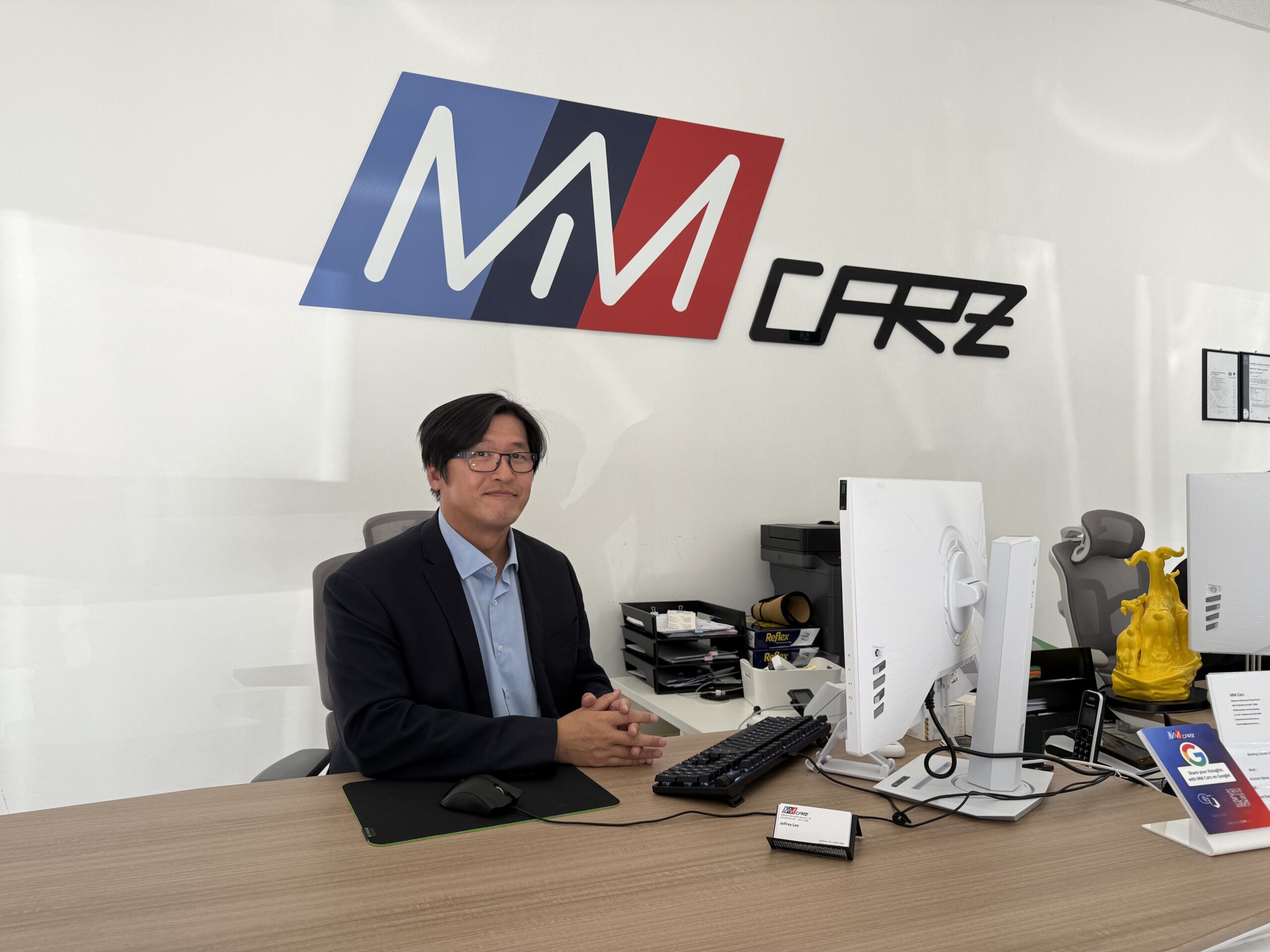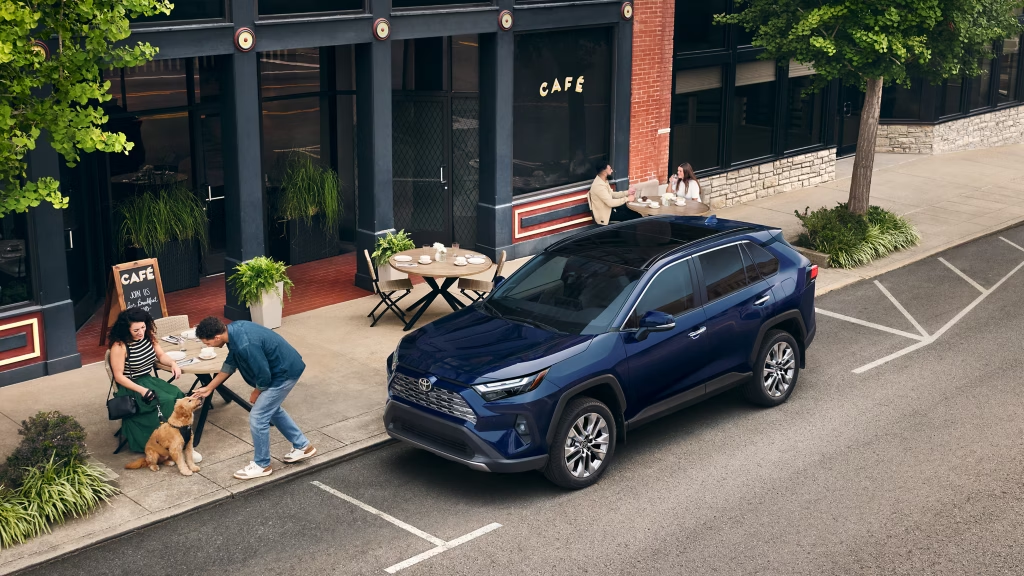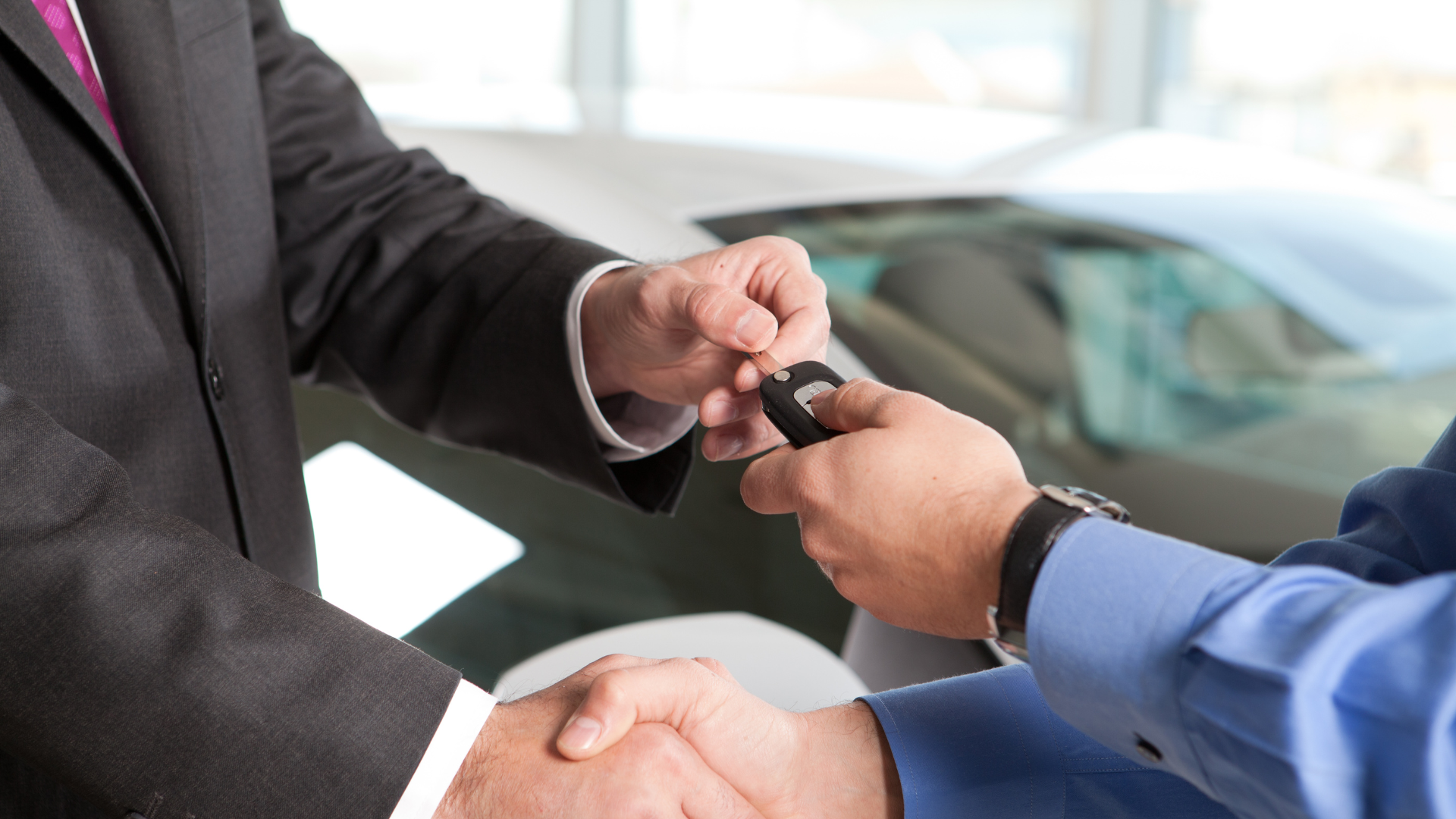
Trading in a vehicle is a quick way to upgrade, but to get a fair price you need to prepare well in advance. Cars start losing value the moment they are driven off the lot – typically about 20% in the first year and up to 60% over five years. A car’s trade-in value is the credit a dealer will give you toward your next purchase, based on your vehicle’s make, model, age and overall condition. Since dealers factor in depreciation and reconditioning costs, trade-in offers are usually lower than private sale prices. By understanding how value is assessed, and by taking the right steps beforehand, you can maximise the trade-in credit you receive.
Understand Depreciation and Market Factors
Every car loses value with age and use. Vehicles depreciate as soon as they leave the showroom, and the more kilometres on the clock, the less they’re worth. For example, a car under 60,000 km and less than five years old will typically command a better offer than one with over 200,000 km. Brand also matters: some marques like Toyota, Subaru, Mazda and Ford are known to hold their value better. In contrast, many luxury and European models may depreciate faster once warranties expire, due to higher servicing and insurance costs.
Market demand and timing play a role too. If you’re trading in an in-demand vehicle (for example, a dual-cab ute, small SUV or hybrid in a period of high demand), you may get a higher offer. Conversely, an unpopular model can fetch less. Economic factors like fuel prices, interest rates and even seasonality influence prices. For instance, efficient cars often gain value when petrol costs rise. Watching these trends can help you pick the right moment to trade in.
Maintain Your Car Meticulously
Condition is one of the biggest value-drivers. A vehicle that’s been well-maintained will naturally bring a better trade-in. Keep up with all scheduled services and repairs. In fact, a full and up-to-date service history can significantly boost your car’s value – one analysis suggests a complete logbook could lift resale value by up to 20%. Always have receipts, warranty paperwork and service books organised. Showing these to the dealer signals that the car has been cared for. Before trading in, fix any minor faults you can afford to, clear warning lights and ensure all fluid levels are good. This reduces the deductions a dealer might make for repairs.
Clean and Detail Your Vehicle
Presentation matters. A spotless car implies care, which can translate into a higher offer. Dealers often note that a cleaned and detailed car is worth more at trade-in than one that looks worn. Consider having the car professionally detailed so the paint gleams and the interior is fresh (no stains or odours). Small fixes pay off: for example, repairing a chipped windscreen, fixing dents or replacing a broken tail light can be worth the cost – KBB notes that fixing issues like windshield damage can net hundreds more on the trade-in. Replace any bulbs or wipers as needed and make sure trim pieces are in place. A tidy, well-presented car makes a good first impression and gives the dealer one fewer reason to trim their offer.
Avoid Unnecessary Modifications
While custom mods can be fun, they rarely add value for the next buyer. In fact, dealers often prefer stock vehicles. Aftermarket paint jobs, loud exhausts, lowered suspensions or niche accessories can reduce trade-in value because they appeal to a narrower pool of buyers. As one expert notes, “modifications do not add value” in a trade-in scenario. If possible, revert major changes back to factory specs (for example, replace oversized wheels with stock ones) or be prepared to accept a lower offer. Keeping the car as close to original condition as reasonable ensures broader appeal and a better price.
Key Preparation Tips
- Gather all documents. Keep service records, the owner’s manual, warranty papers and registration documents ready. A complete logbook with stamps from a main dealer or certified workshops is especially valuable.
- Detail your car inside and out. A thorough clean and maybe a coat of polish helps. Make the cabin inviting: vacuum carpets, clean the dashboard, and air out any odours. A fresh and shiny vehicle suggests reliability.
- Fix visible flaws. Repair or touch up small dents, scratches or chips in the paint. Clear any cracked or cloudy headlights. These fixes often cost less than what a dealer would deduct.
- Remove personal effects. Take out clutter, custom decals, roof racks or any personal gear. Dealers want a “blank canvas.” Also top up fuel and fluids – a full tank can boost offers in some markets.
- Check the basics. Ensure the tyres have acceptable tread (replace if dangerously worn) and that lights, brakes and steering are in good working order. Dealers note safety issues first.
Know Your Car’s Value
Do some homework on market prices before accepting any offer. Online valuation tools like RedBook (Australia), Kelley Blue Book (US) or other trade-in calculators give a reasonable starting point. Check similar vehicles for sale locally – comparable make, model, year and condition – to see what private sellers and dealers are asking. Remember that valuation guides and tools won’t account for every factor (like your car’s exact service history or regional demand), but they help set realistic expectations. Armed with this information, you’ll recognise a fair dealer offer versus a low one. In negotiations, you can cite these values to support your asking price.
Time Your Trade Wisely
Consider when you trade in. As noted, market trends matter. If your car is one that’s in demand right now, you can shop around and possibly get a premium offer. Conversely, avoid trading in when an oversupply of your model saturates the market (for example, right after a new generation is released). Also, plan around personal factors: if your car is nearly out of finance or warranty, trading in sooner might save you from upcoming fees or repairs. In regions where vehicle taxes apply, trading in as you buy another can reduce taxes (you only pay sales tax on the difference after your trade-in credit). Talk to local experts to see if this applies in your area.
Trade-In vs Private Sale
It’s worth noting that selling your car privately often nets more money than trading it in. Private buyers usually pay closer to the full retail value since they skip the dealer’s profit margin. However, private sales take more time and effort (advertising, handling inquiries, safe test drives). Trading in is far quicker and more convenient. You just drive to a dealer and handle one transaction. There can also be perks: for instance, if you’re buying your next car from the same dealer, the paperwork is simpler and you may get a tax benefit in some areas. Decide what matters most to you: if extra cash is paramount and you have time, a private sale could pay off. If convenience and speed are your priority, a well-negotiated trade-in is still a solid option.
By following these tips, you’ll be in a strong position at the dealership. Stay positive and remember that many parts of a trade deal are negotiable. Highlight your car’s strengths – like low mileage, a spotless interior or recent servicing – if the initial offer seems low. Compare quotes from more than one dealer, or use online appraisal tools, to strengthen your bargaining position.
Summary
A great trade-in deal starts long before you step onto the lot. Keep your car well-maintained, document its history, and present it in top condition. Check valuation guides and market trends so you know what to expect. With informed preparation and a bit of savvy timing, you can significantly increase the value you get when trading in your car. Ultimately, the more facts and care you put into the process, the more confident and empowered you’ll feel – and the better your final deal will be.




